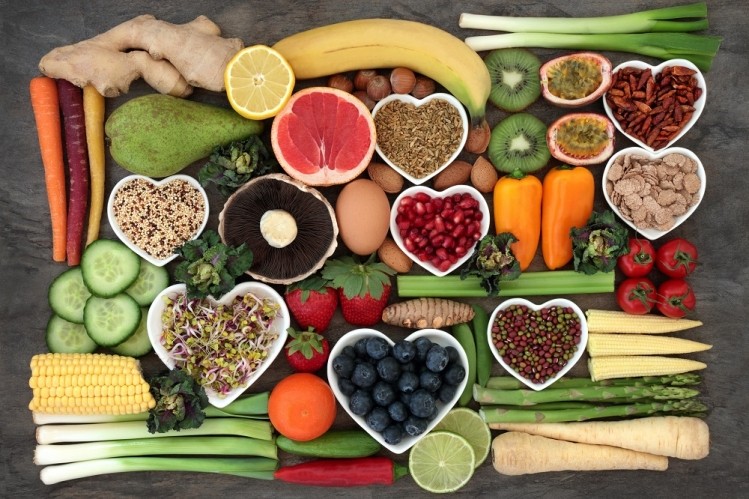Mindful eating dominates as consumers seek rich nutritious profiles

Described by Euromonitor International as a “constantly evolving trend”, mindful eating revolves around a balanced diet that contains nutritious foods. As well as reducing or removing ‘bad’ nutrients such as sugar, salt or carbs in their diets, consumers are simultaneously trying to increase the amount of ‘good’ nutrients, such as fiber and protein, they eat.
New beliefs around food are driving consumer preferences for more natural and less-processed foods, short ingredient lists, clean labels on items and free from food items, market intelligence provider, Euromonitor International reveals in its recent Evolving Trends in Food and Nutrition report.
As part of the new food belief era, shoppers are increasingly keen to know what is in the food they are buying and eating. Consumers want to understand the nutritional information displayed on the products and equally, the ingredients contained within.
A balanced diet: New ingredients entering the scene
Consumers seeking a balanced diet are in direct competition with those requiring a special diet and those who are intrigued by new ingredients. Yet, regardless of what diet Latin America consumers are searching for, nutritious ingredients feature.
Ancient grain and superfoods answer these consumer needs and are an active part of a healthy, nutritious diet. These food segments also enable producers to experiment and make innovative ingredient choices, encouraging fresh and novel marketing campaigns that capture consumer engagement.
As some superfoods and ancient grains, such as quinoa, grow into the mainstream food industry, other new entrants will lose favor, making way for new and more exciting options such as teff, kaniwa and fonio to potentially take their place. Rosehip and baobab are expected to become key ingredients in food manufacturing and will inspire new product developments.
With wholesome foods, natural ingredients and those that return to their roots high on must-have food lists, healthy and nutritious food and beverages with healthy brand positioning will be crucial. Through innovation and captivating storytelling, manufacturers and marketers can maximize the impact of product launches.
Embracing food technology to communicate nutrition
The current climate opens up increasing opportunities for booming sales of alternative products that reach consumers through the latest food tech developments. Apps, for example, that provide information on nutrition and the level of processing undertaken are popping up throughout the industry.
Open Food Facts, ScanUp and Yuka are some of the apps on the marketplace that are now helping consumers make informed decisions about healthier and more nutritious food purchases.
Reformulating unhealthy ranges
Studies detailing the relationship between highly processed foods and non-communicable diseases are leading shoppers to select natural and authentic products, with no artificial colors, flavors or sweeteners. It is not only the content of food items that are seeing an overhaul, as packaging and labeling transform to appeal to the ingredient simplification trend.
The ultra-processed foods area is expected to “gain traction in the future”, Euromonitor International reveals. The rise in natural ingredients, clean label products and increasing pressure from regulations, will see food manufacturers receive incentives to reformulate existing products and adopt strategies for a healthier portfolio.
“New business models and concepts that provide convenient solutions have good growth prospects,” Euromonitor International adds.
Several large players, including Nestlé, Unilever and Kellogg’s have all adopted reformulation strategies to remain popular with their target buyers.
Do proteins equal better nutrition?
Alternative proteins are set to grow in popularity due to technological advances, consumer demands and competition, which will cause manufacturers to diversify their product launches.
In Euromonitor International’s Health and Nutrition Survey, the belief that protein is “better for me” is stated as the top reason why consumers look for protein on food and drink labels.
More than half of global respondents cited “better for me” as the main deciding factor when it comes to choosing protein, with the US leading at 56%. Protein “makes me feel better” came in second, with 44% of respondents around the world agreeing with the protein-focused sentiment.











